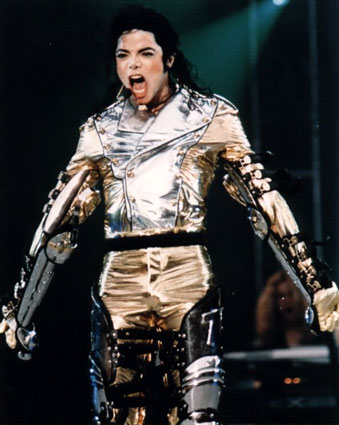Blink
From Wikipedia, the free encyclopedia
For other uses, see Blink (disambiguation).
Blinking is the voluntary rapid closing and opening of the eyelid. It is an essential function of the eye that helps spread tears across and remove irritants from the surface of the cornea and conjunctiva. Blink speed can be affected by elements such as fatigue, eye injury, medication, and disease. The blinking rate is determined by the "blinking center", but it can also be affected by external stimulus. When an animal (usually human) chooses to blink only one eye as a signal to another in a social setting (a form of body language), it is known as winking. However, some animals (for example, tortoises and hamsters) blink their eyes independently of each other.
Contents[hide] |
[edit] Function and anatomy of blinking
Blinking provides moisture to the eye by irrigation using tears and a lubricant the eyes secrete. The eyelid provides suction across the eye from the tear duct to the entire eyeball to keep it from drying out.
Blinking also protects the eye from irritants. Eyelashes are hairs attached to the upper and lower eyelids that create a line of defense against dust and other elements to the eye. The eyelashes catch most of these irritants before they reach the eyeball.
There are multiple muscles that control reflexes of blinking. The main muscles, in the upper eyelid, that control the opening and closing are the orbicularis oculi and levator palpebrae superioris muscle. The orbicularis oculi closes the eye, while the relaxation and contraction of the levator palpebrae muscle opens the eye. The Müller’s muscle, or the superior tarsal muscle, in the upper eyelid and the inferior palpebral muscle in the lower eyelid are responsible for widening the eyes. These muscles are not only imperative in blinking, but they are also important in many other functions such as squinting and winking. The inferior palpebral muscle is coordinated with the inferior rectus to pull down the lower lid when one looks down. Also, when the eyes move, there is often a blink; the blink is thought to help the eye shift its target point.
[edit] Nervous coordination
Though one may think that the stimulus triggering blinking is dry or irritated eyes, it is most likely that it is controlled by a "blinking center" of the globus pallidus of the lenticular nucleus, a body of nerve cells between the base and outer surface of the brain. Nevertheless, external stimuli can contribute. The average length of a blink is 300 to 400 milliseconds.[1]Greater activation of dopaminergic pathways dopamine production in the striatum is associated with a higher rate of spontaneous eye blinking.[2][3] Conditions in which there is reduced dopamine availability such as Parkinson’s disease have reduced eye blink rate,[4] while conditions in which it is raised such as schizophrenia have an increased rate.[5]
[edit] Blinking in everyday life
[edit] Children
Infants do not blink at the same rate of adults; in fact infants only blink at an average rate of one or two times in a minute. The reason for this difference is unknown, but it is suggested that infants do not require the same amount of eye lubrication that adults do because their eyelid opening is smaller in relation to adults. Additionally, infants do not produce tears during their first month of life. Infants also get a significant amount more sleep than adults do, and, as discussed earlier, fatigued eyes blink more. However, throughout childhood the blink rate increases, and by adolescence, it is usually equivalent to adults.[6][edit] Adults
Women and men do not differ in their rates of spontaneous blinking.[7] Generally, between each blink in intervals of 2–10 seconds; actual rates vary by individual averaging around 10 blinks per minute in a laboratory setting. However, when the eyes are focused on an object for an extended period of time, such as when reading, the rate of blinking decreases to about 3-4 times per minute. This is the major reason that eyes dry out and become fatigued when reading.Eye blinking can be a criterion for diagnosing medical conditions. For example, excessive blinking may help to indicate the onset of Tourette syndrome, strokes or disorders of the nervous system. A reduced rate of blinking is associated with Parkinson's disease. Parkinson's patients have a distinct serpentine stare that is very recognizable.











0 Comments